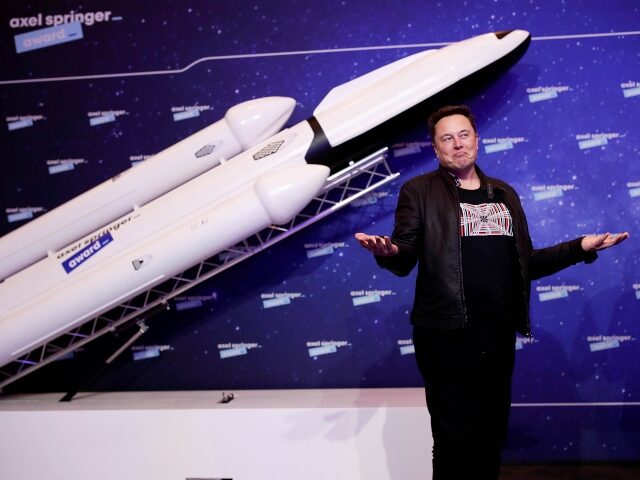The FAA has grounded SpaceX’s Falcon 9 rocket for the second time in less than two months following a failed booster landing attempt during the Starlink 8-6 mission.
SpaceFlightNow reports that SpaceX’s Falcon 9 rocket has been grounded by the Federal Aviation Administration (FAA) after the first stage booster, suffered a hard landing during the Starlink 8-6 mission on August 28. The booster, which had successfully completed a record-setting 23 flights, was consumed in a fireball on the deck of the drone ship ‘A Shortfall of Gravitas’ positioned in the Atlantic Ocean approximately 250 miles east of Charleston, South Carolina.
In a statement released on Wednesday, the FAA announced that while no public injuries or property damage were reported, they are requiring an investigation into the incident. This marks the second time in less than two months that the FAA has grounded SpaceX rockets, with a similar declaration made following a Falcon 9 upper-stage failure on July 12 during the Starlink 9-3 mission, resulting in the loss of 20 satellites.
Jon Edwards, SpaceX vice president of Falcon Launch Vehicles, expressed sadness over the loss of the booster in a social media post, stating, “Losing a booster is always sad. Each one of them has a unique history and character. Thankfully this doesn’t happen often, due to the robust design and vigilance of the team.” He further added that SpaceX is working diligently to understand the root cause and implement corrective actions as soon as possible, emphasizing that the incident was purely a recovery issue and posed no threat to the primary mission or public safety.
The booster failure occurred in the same week that SpaceX had to postpone the launch of the Polaris Dawn astronaut mission twice, first due to a helium leak and then for recovery weather concerns at the end of the mission. Kiko Dontchev, vice president of launch, acknowledged the challenging week on X (formerly Twitter) and stated that the team will persevere, noting that lessons learned from recovery failures will improve both recovery and ascent reliability.
The timing of the next launch attempt for Polaris Dawn remains uncertain, as it depends on several factors, including the FAA’s investigation, landing weather conditions, and launch pad availability. The mission is set to launch from Launch Complex 39A at Kennedy Space Center, which is also needed for NASA’s Europa Clipper mission, with a narrow planetary launch window opening on October 10. SpaceX requires approximately three weeks to reconfigure the pad from a Falcon 9 to a Falcon Heavy configuration, putting pressure on the Polaris Dawn mission to vacate the pad soon or face further delays.
Complicating the situation further, SpaceX is already utilizing its other Florida pad, Space Launch Complex 40 at Cape Canaveral Space Force Station, for NASA’s Crew-9 mission to the International Space Station, scheduled for no earlier than September 24.
Read more at SpaceFlightNow here.
Lucas Nolan is a reporter for Breitbart News covering issues of free speech and online censorship.

COMMENTS
Please let us know if you're having issues with commenting.